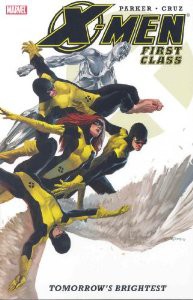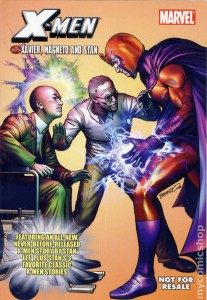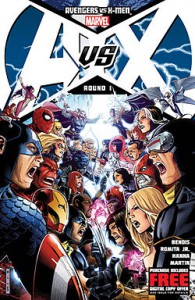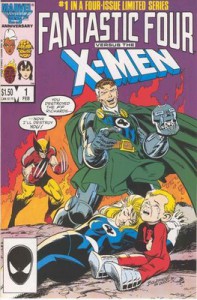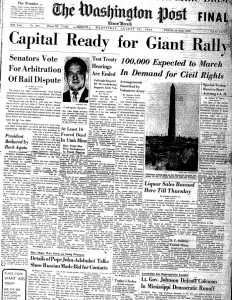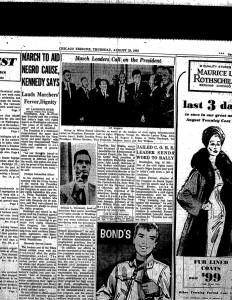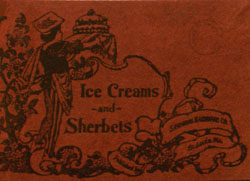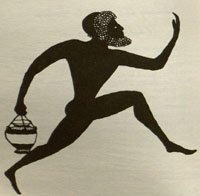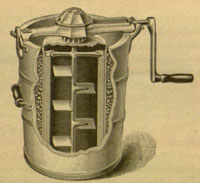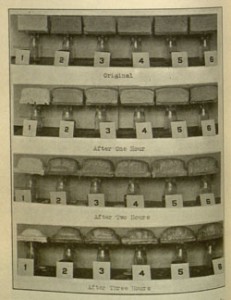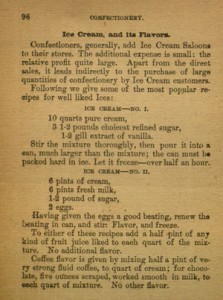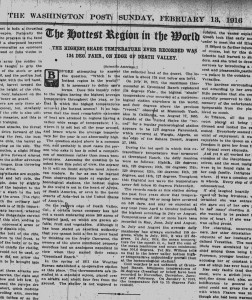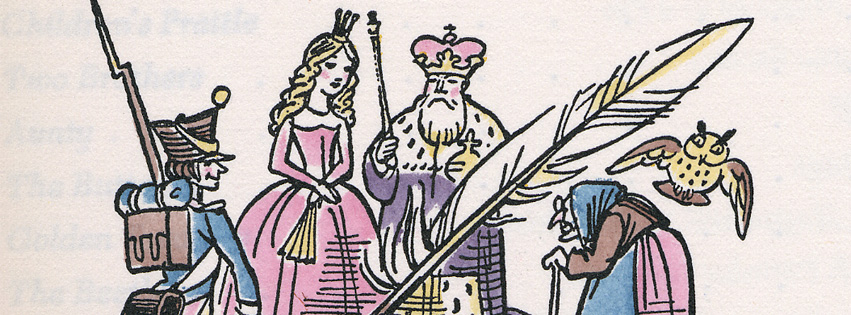"To catch a spirit, or to protect your spirit against catching, or to release you caught spirit – this is the complete theory and practice of hoodoo."
The above quote opens the five volume set of books entitled Hoodoo–conjuration–witchcraft–rootwork : beliefs accepted by many Negroes and white persons, these being orally recorded among Blacks and whites by Harry M. Hyatt that can be found in Special Collections. Published in 1970, these books represent the culmination of years of interviews conducted by the author over a large portion of the Southern United States.
Not to be confused (as it commonly is), with voodoo or vodou, which are both religions derived from West African religions with a dash of Christianity thrown in, hoodoo is often classified as folk magic and is practiced mainly in the Southern United States. The difference between hoodoo and voodoo and vodou is similar to the distinction between Wicca and witchcraft. Also similar to Wicca and witchcraft is the fact that people often use all these terms interchangeably, though they have different meanings. Thus, one can belong to the voodoo religion and practice hoodoo, but they don't have to, and vice versa.
In hoodoo, a practitioner draws upon the spiritual power residing within them to perform a ritual to bring about power or success. Today's mainstream culture often portrays hoodoo as a negative thing because of the common misconception that all who practice it are greedy or corrupt.
Hoodoo–conjuration–witchcraft–rootwork is a record of people's interactions with hoodoo, containing many accounts about how the interviewee was affected by a conjure or how someone they knew was affected. One woman relates the experience she had when her neighbor put a conjure on her by burying a bottle containing sulfur, hair, a bluestone, and roots of some sort. According to her, this was the reason she was unable to stay up past ten o'clock each night. She proceeds to relate how she destroyed the bottle and its contents and was able to stay up much later the following night while the next day the woman next door had to go to the hospital due to a major problem with her leg. Another interviewee tells the author about a common practice of putting sulfur and ashes from the fireplace in a bag and keeping it in your pocket to ward off those that would do you harm.
Whether or not you believe that hoodoo works, these books make for interesting reading and are a comprehensive relation of a common practice here in the United States that most of us are largely unfamiliar with. So if you get a chance between your Halloween celebrations, come see us at Special Collections where you can find the books mentioned here along with many others!

